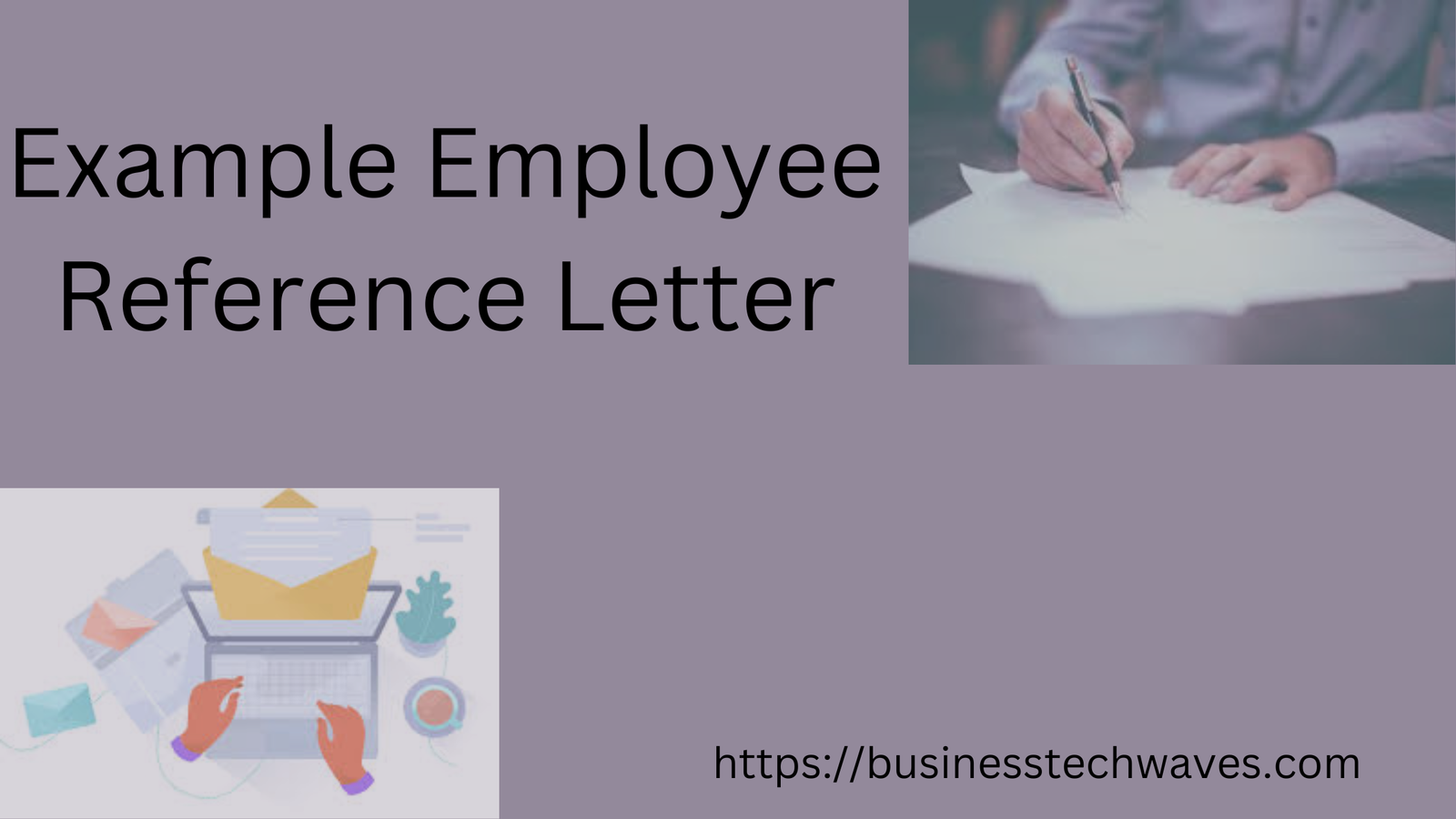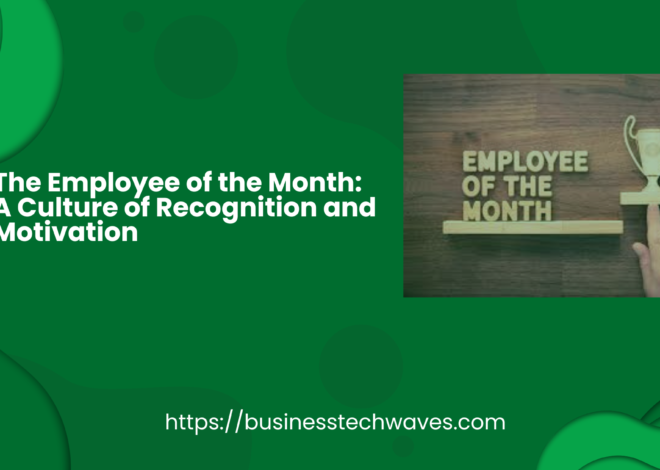
Best Example Employee Reference Letter 2024
When an example employee reference letters a company, they may request a reference letter from their previous employer to assist in securing future job opportunities. An employee reference letter provides an assessment of the employee’s performance, skills, and work ethic. It typically covers the individual’s roles and responsibilities, achievements, and personal qualities that make them a valuable team member.
A well-written example employee reference letters can significantly influence an employee’s chances of landing a new job, making it a critical document for both the departing employee and the employer. In this article, we’ll explore the structure of a compelling example employee reference letters, offer tips for crafting a balanced and impactful letter, and provide a detailed example of an employee reference letter for your guidance.
What Is an Example Employee Reference Letters?
An example employee reference letters, also known as a recommendation letter, is a formal document written by a current or former employer, supervisor, or colleague. It highlights the employee’s professional skills, work ethic, and contributions to the company. This letter is often requested during job searches, particularly for roles where character and professional background are critical factors in the hiring process.
Example employee reference letters can vary in content and tone, depending on the relationship between the writer and the employee, the level of the employee’s role, and the expectations of the new employer. However, all reference letters typically have the same goal: to advocate for the employee’s ability to excel in their future endeavors.
Why Is an Example Employee Reference Letters Important?

An example employee reference letters can offer insight into the employee’s behavior, performance, and accomplishments that may not be apparent from a resume or job interview. Employers often value these letters because they provide a real-world perspective on how the employee has applied their skills and adapted to different situations in a work environment. It also offers verification that the employee’s claims regarding their responsibilities and achievements are accurate.
Moreover, a strong reference letter can help distinguish a candidate from others in a competitive job market. It can emphasize key strengths and showcase the employee’s reliability, work ethic, and personality traits, all of which are crucial in determining if they’re a good fit for the prospective job and company culture.
Key Elements of a Good Employee Reference Letter
A example employee reference letters should be both informative and concise. Here are the essential components that make up a strong reference letter:
1. Header and Contact Information
The letter should start with the date, followed by the contact information of both the writer and the recipient. This might include the company name, the position held by the letter writer, and the organization for which the letter is being written.
Example:
cssCopy codeSeptember 25, 2024
Hiring Manager
ABC Corporation
123 Main Street
City, State, ZIP Code
2. Introduction
The introduction example employee reference letters is where the writer explains their relationship with the employee, including how long they worked together and in what capacity. It’s essential to state the purpose of the letter right away, making it clear that the letter is a recommendation for the employee.
Example:
cssCopy codeDear Hiring Manager,
It is my pleasure to provide this letter of recommendation for Jane Doe, who worked under my supervision as a Marketing Specialist at XYZ Company from March 2019 to August 2024. During this time, I had the opportunity to observe Jane’s growth as a skilled professional and her remarkable contributions to our team.
3. Employee’s Responsibilities and Role
Next example employee reference letters, the letter should describe the employee’s job responsibilities and role within the organization. This section should be factual, offering context about the type of work the employee performed and how it aligned with the company’s goals.
Example:
vbnetCopy codeIn her role as a Marketing Specialist, Jane was responsible for developing and implementing comprehensive marketing campaigns that supported our product launches and brand awareness initiatives. Her daily responsibilities included overseeing digital marketing strategies, analyzing market trends, and collaborating with the sales team to enhance customer engagement.
4. Assessment of Employee’s Skills and Work Ethic
This section should focus on the employee’s skills, strengths, and qualities. Highlight specific examples of their performance, including any projects they excelled in or unique contributions they made. This is the most critical part of the reference letter, as it provides insight into the employee’s value beyond their job description.
Example:
cssCopy codeJane consistently demonstrated excellent leadership, creativity, and analytical thinking in her work. She has a deep understanding of marketing strategies, especially in the digital space, and has an innate ability to think outside the box. One of her notable contributions was leading a social media campaign that increased our brand’s visibility by 40% in six months. Additionally, Jane possesses excellent interpersonal skills, which helped her build strong relationships with clients and team members alike.
5. Employee’s Accomplishments and Contributions
If the employee achieved notable successes during their tenure, this is the place to mention them. Whether they led a significant project, increased revenue, or received recognition, outlining these accomplishments adds weight to the letter.
Example:
vbnetCopy codeOne of Jane’s most significant accomplishments was the successful execution of our "Go Green" campaign, which promoted environmentally friendly products and practices. Her initiative not only improved our corporate social responsibility but also increased our sales by 25% in that quarter. Jane's ability to generate innovative ideas and execute them with precision consistently added value to the company.
6. Employee’s Personal Qualities
While the bulk of the letter should focus on the employee’s professional abilities, it’s also essential to touch on their personal qualities. This can include traits like integrity, dependability, adaptability, and teamwork. Employers are often just as interested in these traits as they are in an employee’s technical skills.
Example:
vbnetCopy codeOn a personal level, Jane is highly dependable and always goes the extra mile to ensure that her projects are completed on time. She is also adaptable, easily adjusting to new challenges and finding solutions to unexpected problems. Her positive attitude and strong work ethic made her a key asset to our team.
7. Conclusion and Recommendation
The conclusion should restate the writer’s endorsement of the employee and offer an invitation for further contact if necessary. A good conclusion reaffirms the writer’s belief in the employee’s abilities and suitability for the role they are applying for.
Example:
cssCopy codeIn summary, I highly recommend Jane for any future role she pursues. She is a talented professional with a passion for marketing, a drive for excellence, and an ability to work effectively in both team settings and independently. I am confident that she will be a valuable addition to any organization.
Should you have any questions or require further information, please feel free to contact me at [email address] or [phone number].
Sincerely,
John Smith
Marketing Director
XYZ Company
Writing Tips for an Effective Employee Reference Letter
While writing an example employee reference letters may seem straightforward, it’s important to keep the following tips in mind to ensure the letter is effective and professional:
1. Be Honest and Sincere
Don’t exaggerate or embellish the employee’s abilities. Stick to the facts and be truthful in your assessment. If you’re not able to provide a glowing reference, it’s better to decline writing the letter rather than offering a half-hearted or disingenuous one.
2. Use Specific Examples
Whenever possible, use specific examples of the example employee reference letters contributions or achievements. Vague statements can sound generic and fail to convey the employee’s real impact. If the employee worked on a successful project or showed exceptional leadership, mention these instances.
3. Tailor the Letter to the Job
If you’re aware of the position the employee is applying for, try to align the letter with the job’s requirements. For example, if the new role involves leadership, focus on the employee’s leadership skills. This approach can make the letter more relevant and persuasive.
4. Keep it Professional and Positive
Even if the employee had some shortcomings during their tenure, avoid mentioning them unless directly relevant to the new role. The reference letter should focus on the employee’s strengths and accomplishments, presenting them in the best possible light.
5. Proofread and Edit
Make sure the letter is free of grammatical errors and typos. A well-written, professional letter reflects positively not only on the employee but also on you and your organization.
Conclusion
A well-crafted example employee reference letters is a powerful tool that can support an individual in their career transition. By providing detailed examples of the employee’s skills, accomplishments, and personal qualities, you can offer valuable insight to future employers. Whether you’re a manager, supervisor, or colleague, your endorsement can help pave the way for the employee’s success in their next chapter.
The example example employee reference letters and tips provided in this article can serve as a guideline for creating an effective and sincere reference letter, ensuring that it accurately reflects the employee’s abilities and potential.


